History is full of women who made enormous contributions to science. Some of them are rightfully well-known, like Marie Curie, Ada Lovelace and Rosalind Franklin. But others, like fossil hunter Mary Anning and NASA pioneer Katherine Johnson, aren't such household names.
So, for this year's International Women's Day, we've put together this list of 22 women in science history who deserve to be remembered for their work.
Rosalind Franklin
Contributed to the discovery of the structure of DNA
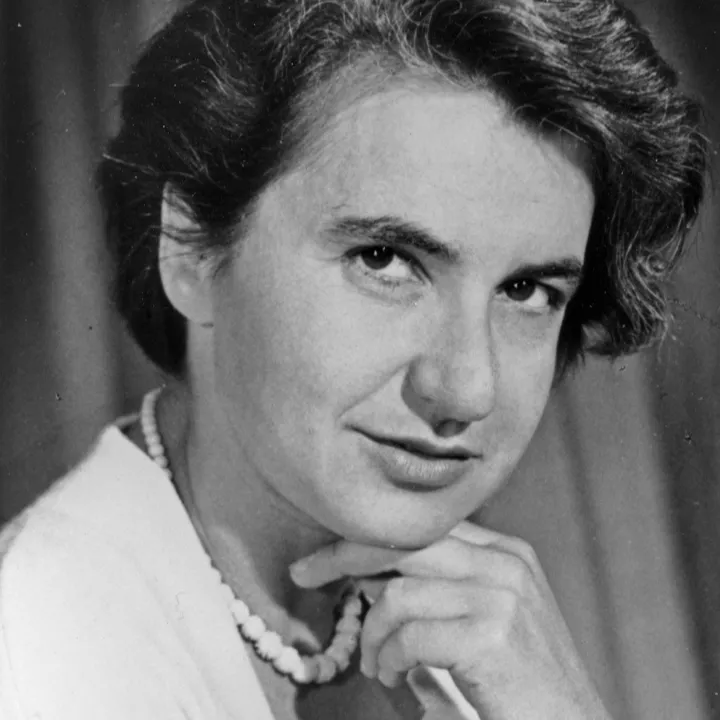
British chemist Rosalind Franklin, born in 1920 in Notting Hill, and in 1942 she brought her physics and chemistry expertise to London Coal, where she investigated the properties of carbon. This was crucial to the war effort, which relied on coal and carbon for strategic equipment like gas masks. This research was the basis of her PhD thesis at Cambridge.
In 1950 during her research she discovered that there were two forms of DNA and was offered a three-year scholarship to undertake further investigation at King’s College in London.
Here she deduced the basic dimensions of DNA strands and the likely helical structure. She also found that when DNA is exposed to high levels of moisture, its structure changed.
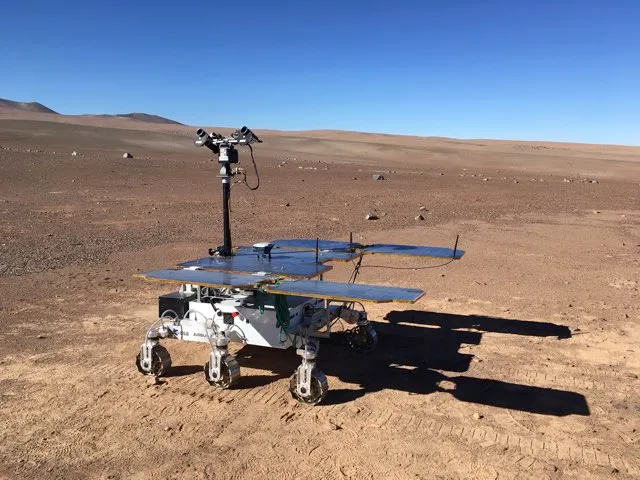
In 1953, her colleague Maurice Wilkins showed James Watson and Francis Crick the X-ray data that Rosalind had obtained, confirming the 3D structure that the pair had speculated about for DNA.
In March 1958 Rosalind passed away at the age of 37 from several illnesses, including ovarian cancer. In 1962, the Nobel Prize in Physiology or Medicine was awarded to James Watson, Francis Crick and Maurice Wilkins for solving the structure of DNA.
Watson suggested that Rosalind, along with Wilkins, should be awarded a Nobel Prize for Chemistry, but the Nobel Committee does not make posthumous nominations.
In his 1968 book, The Double Helix, Watson outlined how the two had become friends while working together. He also remarked that he would never have won a Nobel Prize or published a famous paper if it wasn’t for Rosalind. -John S Croucher
Janet Taylor
Designed instruments for nautical navigation
Janet Taylor was born ‘Jane Ann Ionn’ on 13 May 1804, the sixth child of the Reverend Peter Ionn and Jane Deighton, the daughter of a country gentleman.
After the death of her mother when she was just seven years old, Janet gained a scholarship at the precociously young age of nine, to attend Queen Charlotte’s school in Ampthill, Bedfordshire, where the other girls were all aged over 14. Her life thereafter took her into the heart of maritime London.
Her father, the curate of the church of St Mary and St Stephen and schoolmaster of the Free Grammar School at Wolsingham, inspired her in the wonders of navigation. She became a prodigious author of nautical treatises and textbooks, born of a fascination in particular in measuring longitude by the lunar distance method.
She conducted her own Nautical Academy in Minories in the east end of the City, not far from the Tower of London; she was a sub-agent for Admiralty charts; ran a manufacturing business for nautical instruments, many of which she designed herself; and embarked on the business of compass-adjusting at the height of the controversies generated by magnetic deviation and distortions on iron ships.
Through her scientific work, Janet established a respectful correspondence with those in the highest positions in the maritime community: men like the head of the Admiralty’s Hydrographic Office, Captain, later Rear-Admiral Sir Francis Beaufort, and Professor Sir George Biddell Airy, the Astronomer Royal.
Where they were hesitant at first in their engagement with Mrs Taylor, she clearly won their support and respect. Between 1617 and 1852 there 79 patents awarded for nautical instruments – Janet was the only women among them for her Mariner’s Calculator.
In 1835, in consideration of ‘services she has extended to seamen’, through her Lunar Tables, the Admiralty awarded her £100 ‘from scientific funds’, a ‘handsome pecuniary award’. She was similarly honoured by the two other members of the ‘big three’ of the 19th Century maritime world in Britain: the Elder Brethren of Trinity House and the East India Company.
She also received international recognition for her contributions: gold medals from the King of Holland and King Friedrich Wilhelm III of Prussia; and, by 1844, a medal from the Pope.
Janet passed away on in January 1870. She was the author of many books, including some that ran to 27 editions and several are still in print today. She was also an inventor of several nautical instruments with some being held in the national maritime Museum in Greenwich.
Sadly, she died in obscurity and bankrupt, estranged from all her children, several of whom lived in Australia. Her death certificate records her occupation simply as ‘Teacher of Navigation’, but she was far more than this.
A mathematician, astronomer, author, instrument maker and inventor, her life story is told in Mistress of Science: the story of the remarkable Janet Taylor. - JC
Beatrice Shilling
Daredevil motorcyclist and engineer who saved fighter pilots' lives

Born in 1909 in Hampshire, aeronautical engineer and daredevil motorcycle racer Beatrice ‘Tilly’ Shilling, is credited by her peers as helping the Allies to win WWII.
She purchased her first motorcycle at age fourteen, later obtaining a Bachelor and Master’s degree in mechanical engineering, specialising in the elimination of piston temperatures of high-speed diesel engines. In March 1941, she solved a problem that had jeopardised the life of pilots.
In 1940, during the Battle of France and Battle of Britain, Royal Air Force pilots discovered a serious problem of stalling in fighter planes with Rolls-Royce engines.
Tilly led a small team that designed a simple device to solve this problem – a brass thimble with a hole in the middle, which could be fitted easily into the engine’s carburettor. It remained in use as a stop-gap to help prevent engine stall for a number of crucial wartime years. -JC
Dorothy Hodgkin
Discovered the structure of insulin

Dorothy Hodgkin was born in 1910, the eldest of four daughters and in 1920 the family settled in Suffolk. She attended a state secondary school where only boys were allowed to study chemistry, but she fought the system to be enrolled.
Eventually, she was admitted to Oxford where she was recognised as an exceptional student and obtained a first class honours degree in chemistry in 1932. She obtained her PhD from Cambridge in 1936 and undertook research mapping the architecture of cholesterol and examining the structure of penicillin, essential to creating a synthetic version of it.
Her work led to many industrial contracts and, from the 1950s onwards, she focused her research on the structure of insulin, building the first model of the insulin molecule.
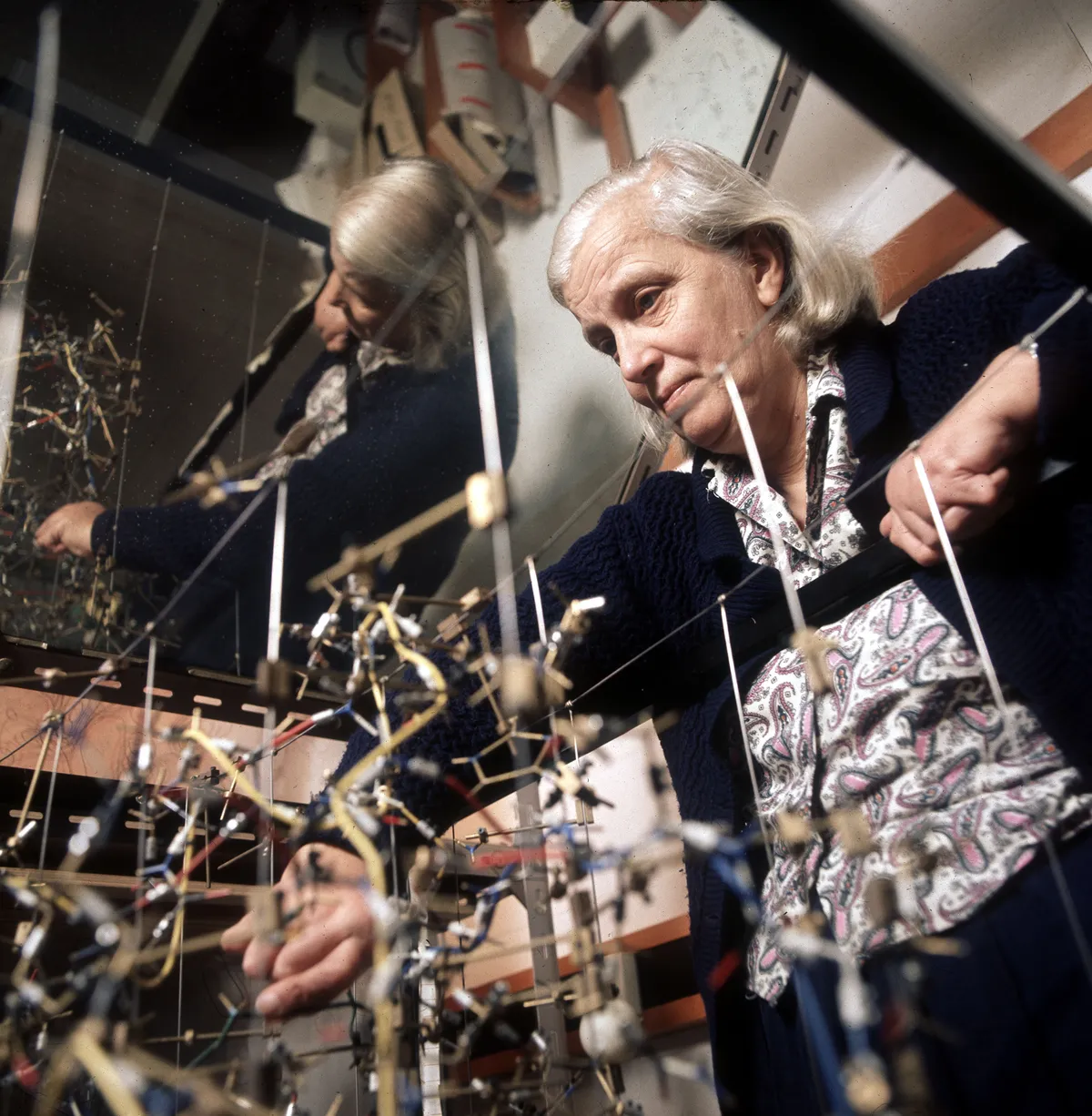
In 1964, Dorothy won the Nobel Prize for Chemistry for “her determinations by X-ray techniques of the structures of important biochemical substances”. She was only the third woman to have won a Nobel Prize for Chemistry after Marie Curie and her daughter Irène Joliot-Curie, and the fifth woman to win a science Nobel Prize.
She is still the only British woman to be awarded a Nobel Prize in any of the three sciences it recognises. In 1965, Dorothy was the second woman, after Florence Nightingale, to be appointed to the Order of Merit by a British monarch. -JC
Read more about Dorothy Hodgkin:
Sophia Louisa Jex-Blake
One of the 'Edinburgh Seven' who fought to study medicine

Sophia Louisa Jex-Blake was born in 1840 in Hastings, England. She was home-schooled until the age of eight and obtained a job as a tutor in mathematics to young girls. Her father, appalled at the idea that his daughter would work, would not allow her to be paid.
In 1869, she published an essay, ‘Medicine as a profession for women’, however, as no English medical school would accept women, Jex-Blake pressed her case in Scotland in 1869. Although the Faculty and Academic Senate supported her admission, it was overturned by University Court, on the basis that the University could not make the necessary arrangements ‘in the interest of one lady’.
Undaunted, she advertised in The Scotsman newspaper, which resulted in six other women joining her cause. Collectively known as the ‘Edinburgh Seven’, the University Court approved their admission, which made the University of Edinburgh the first university in Britain to admit women.
The experience of the women was not easy. The angry response they evoked when they went to take an examination and their entry to the hall was blocked by a mob of hostile students, which became known as ‘the riot at Surgeons’ Hall’.
In 1871, Jex-Blake brought a libel action against a member of the university staff whom she accused of starting the riot. As a result, she was awarded a farthing in damages but was left with a legal bill of nearly £1,000.
But opposition in the medical profession also became more entrenched and, for two years, the women were excluded from the Edinburgh Royal Infirmary. Then in January 1872, the University Court decided that even if the women completed the course and successfully passed all the examinations, they could not be granted medical degrees.
Jex-Blake took the case to the Scottish court, which first declared the university’s decision invalid. But in early 1873, the appeal court not only supported the university but held that it had never had the power to accept women students.
Jex-Blake’s group stayed in Edinburgh for another year, gaining what experience they could in the wards of the infirmary.
In March 1874, Jex-Blake took her career plans to London. Her first step was to found the London School of Medicine for Women. With the support of a number of eminent medical men as lecturers, Jex-Blake acted as Secretary of the school, but was also one of its students.
When the school opened on 12 October 1874 it had fourteen students on its roll, including the Edinburgh women. But it took the support of members of parliament to champion a private member's bill, that passed on 11 August 1876, to enable women to qualify in medicine to overcome the resistance they continued to encounter.
Four months later, she passed the examination in Dublin qualifying as Licentiate of the King’s and Queen’s College of Physicians of Ireland. She became only the third woman in Britain registered with the General Medical Council and the first practising as a doctor in Scotland.
In the 1880s, Jex-Blake practised medicine privately in Edinburgh, founding the Edinburgh Hospital and Dispensary for Women and Children and, in 1886, the Edinburgh School of Medicine for Women. In 1894, the University of Edinburgh admitted women to graduate in medicine.
Sophia Jex-Blake was an outstanding pioneer who fought hard for the rights of women to practise medicine. To honour her commitment, the University of Edinburgh displays a plaque near the entrance to the medical school describing her as a ‘Physician, pioneer of medical education for women in Britain, alumnus of the University’.
The Edinburgh Seven were finally allowed to graduate in 2019, with the university awarding them honorary degrees on the 150th anniversary of their matriculation. -JC
Katherine Johnson
'Hidden Figure' and NASA computer

Katherine Johnson was a mathematician who worked on NASA’s early space missions and was portrayed by Taraji P Henson in the film Hidden Figures. She died in 2020 at the age of 101.
She was one of the “computers” who solved equations by hand during NASA’s early years and those of its precursor organisation, the National Advisory Committee for Aeronautics.
Johnson and other black women initially worked in a racially segregated computing unit in Hampton, Virginia, that was not officially dissolved until NACA became NASA in 1958. Signs had dictated which toilets the women could use.
She focused on planes and other research at first. But her work at NASA’s Langley Research Centre eventually shifted to Project Mercury, the nation’s first human space programme.

“Our office computed all the (rocket) trajectories,” she told the Virginian-Pilot newspaper in 2012. “You tell me when and where you want it to come down, and I will tell you where and when and how to launch it.”
In 1961, Johnson did trajectory analysis for Alan Shepard’s Freedom 7 Mission, the first to carry an American into space.
The next year, she manually verified the calculations of a nascent NASA computer, an IBM 7090, which plottedJohn Glenn’sorbits around the planet.
“Get the girl to check the numbers,” a computer-sceptical Glenn had insisted in the days before the launch.
She and her co-workers had been relatively unsung heroes of America’sSpace Race. But in 2015, President Barack Obama awarded Johnson — then 97 — the Presidential Medal of Freedom, the nation’s highest civilian honour.
Read more about Katherine Johnson:
Helen Gwynne-Vaughan
Botanist and Commandant of the Women's Royal Air Force

At various stages in her life, Gwynne-Vaughan played contrasting roles. Originally a wealthy aristocrat, during WWI she headed the Women’s Auxiliary Army Corps (WAAC) in France, but she spent most of her career as a university academic renowned for her study of fungi genetics.
Born into a prestigious family, Gwynne-Vaughan endured a whirl of balls, travel and tea-parties until she was almost 21, when she eventually persuaded her family to let her enter King’s College, London. Banned from studying the unladylike subject of zoology, she graduated in botany and soon secured a post at the all-women Royal Holloway College just outside London.
Moving next to Nottingham University and finally to London’s Birkbeck College, she gained a reputation for being aloof, aggressive and determined to further her own career – in other words, behaving like a man who wanted to succeed.
In 1919, after a brief spell running the Women’s Royal Air Force, Gwynne-Vaughan resumed her pre-War job as Head of Department at Birkbeck, an evening college that then included many former servicemen among its undergraduates.
Although she received several academic and national honours, Gwynne-Vaughan was gradually eased off university committees. Her splendid career slowly fizzled out until she spent her last years in lonely isolation. -Patricia Fara
Read more about Helen Gwynne-Vaughan:
Cecilia Payne-Gaposchkin
Astronomer who discovered the composition of stars
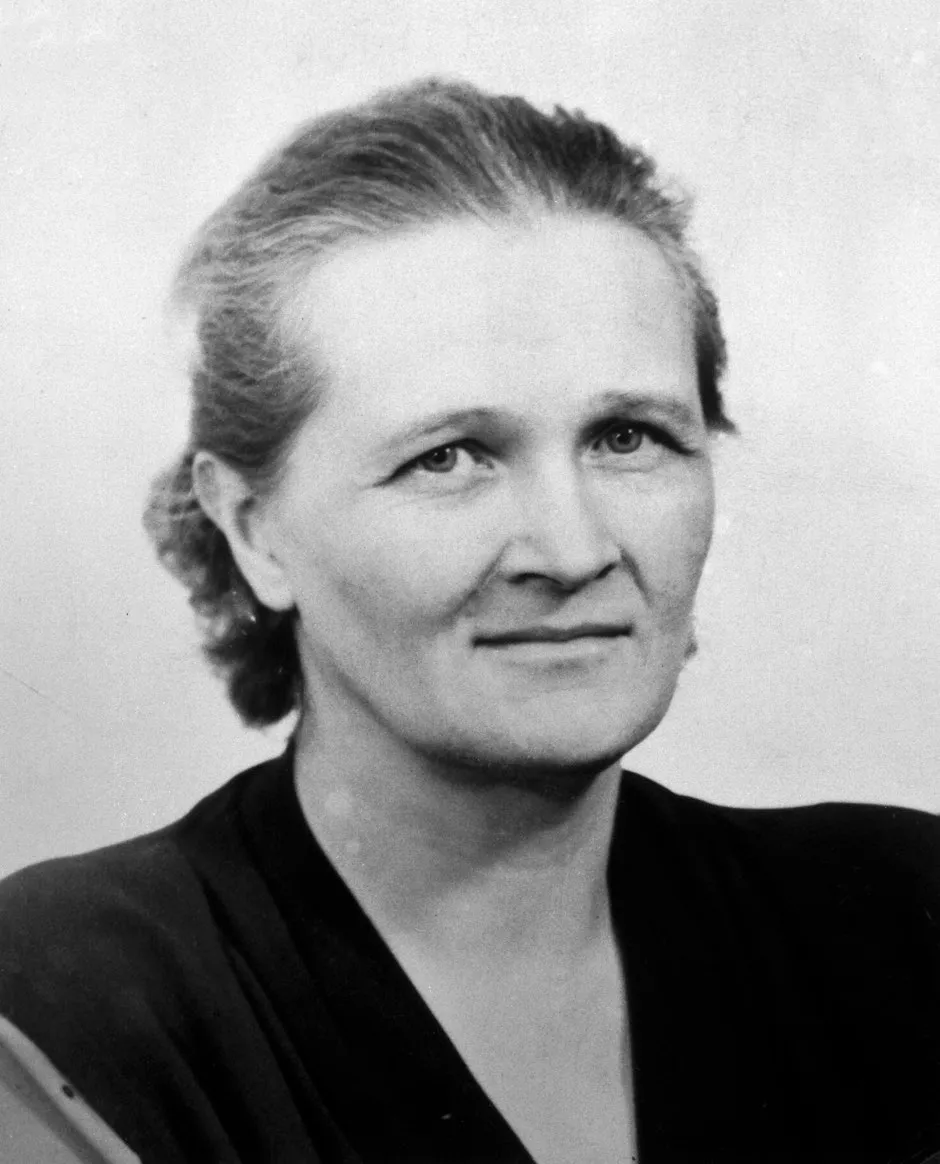
Payne-Gaposchkin was a woman of many firsts: the first to receive a PhD from Radcliffe College, the first to be professor at Harvard, and the first to discover the composition of stars.
Cecilia Helena Payne started life on 10 May 1900 in the town of Wendover, 40 miles northwest of London. Early on, she displayed a relentless curiosity. Before she could read, she could look up and point to Charles’s Wain (also known as the Big Dipper) and Orion’s Belt.
Hers was a restless mind with a vivid imagination. After a summer thunderstorm, she noticed that the ground of the family’s English garden was rippling like the surface of a beautiful pond. Racing outside for a closer look, she saw that the rain had churned the soil to reveal a sea of wriggling black slugs. She cried bitterly to think that the world could create something so revolting.
Though she was expelled from her high school at 17, she was accepted to the demanding St. Paul’s School for Girls in London. After a frenzied year of study – Newtonian equations of motion, thermodynamics, astronomy – she was accepted to Cambridge.
When sheenrolled in 1919, she studied at Newnham, one of just two colleges for women. She dutifully complied with the tradition at the time: men studied mathematics; women studied botany.
All that changed, however, on the night of 2 December whenArthur Eddington, the head of the Cambridge Observatory, gave a lecture in Cambridge’s Trinity Hall, recounting his recent solar expedition that proved Einstein’s Theory of Relativity.
Cecilia was one of four women in the audience. She was done with botany; she changed her major to physics, with all the astronomy she could pick up on the side.
After graduation, with no prospects for an astronomy job in England, Cecilia secured a fellowship at the Harvard College Observatory in another Cambridge, the one in the USA. Cecilia immediately began putting her Cavendish Lab training to work. By looking down through a jeweller’s loupe, she was able to do what centuries of astronomers had tried to do by looking up through telescopes: determine what stars are made of. It was the birth of astrophysics.
And it’s where the trouble started. She determined that hydrogen was far more prevalent in the Universe than the established astronomical community believed. Like a milliontimes more. No one believed that a female graduate student could make such a fundamental discovery.
The dean of American astronomers at the time was Henry Norris Russell, the head of the Princeton Observatory; he wrote to Cecilia that her findings were “clearly impossible.” As a result, in her bookStellar Atmospheres, she concluded that her results were “almost certainly not real.” (Years later, Russell acknowledged that she was correct, but he buried it toward the end of his paper.)
Through it all, she persevered. She was the first woman to receive a PhD from Radcliffe College; the first woman to receive the American Astronomical Society’s “lifetime of eminence” award; and, after Lowell finally retired, the ultimate first.
TheNew York Times, June 21, 1956: “Harvard University announced today the appointment of Dr. Cecilia Payne-Gaposchkin as Professor of Astronomy. She is the first woman to attain full professorship at Harvard through regular faculty promotion.” -Donovan Moore
Read more about Cecilia Payne-Gaposchkin:
- Cecilia Payne-Gaposchkin: the first to describe what stars are made of
- The life-changing and long-lasting influence of Cecilia Payne-Gaposchkin
Inge Lehmann
Discovered the composition of the Earth's core
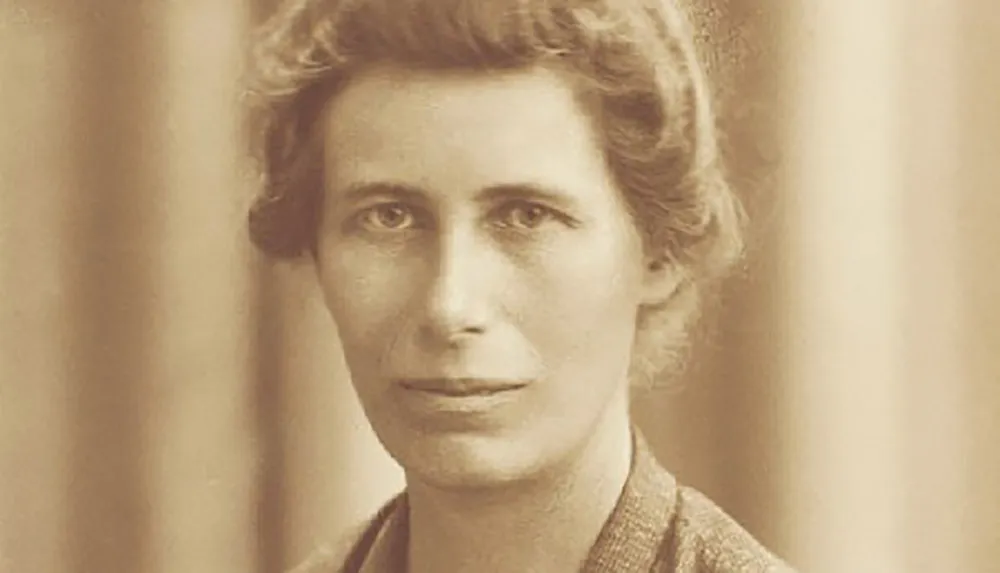
Inge Lehmann was a Danish seismologist who discovered Earth has a solid inner core. Between 1929 and 1939, she compared various data sets from earthquakes to conclusively prove what was at the Earth's core.
On 17 June 1929, at around 10:17 local time, a 7.3-magnitudeearthquakestruck the South Island of New Zealand. Waves from the quake were recorded on seismometers around the world, notably in Frankfurt, Copenhagen, Baku, Sverdlovsk and Irkutsk.
Lehmann discovered oddities in the wave patterns.She realised that seismic waves arriving between around 104° and 140° from the epicentre had interacted with a solid inner core, disproving the previously accepted belief that theEarth’s corewas entirely liquid.
Read more about Inge Lehmann:
Wally Funk
Pilot who trained as an astronaut

Wally Funk was one of the 'Mercury 13', the thirteen experienced female pilots who, between 1960-61, passed the same physical tests as the Mercury 7 men, America’s first astronauts.
The youngest of the group, she had been a flight instructor at Fort Sill military base in Oklahoma when she discovered that a privately funded programme wanted to see if women also had the right stuff for space.
It was led by Dr Randolph Lovelace, chairman of NASA’s Life Sciences Committee for Project Mercury and the man who had helped devise America’s first astronaut tests.
Many of these 87 tests, performed over five days, were brutal. They deliberately pushed astronaut candidates to physical extremes to ensure that they were fit enough for the unknown environment of space.
Funk took the tests in February 1961 at the age of 22. Shenot only passed, she also underwent further optional testing. During the isolation test, which could mess with people’s minds, she performed better than all the potential astronauts – male and female. She remained in a dark soundproof room, floating in water, for 10 hours and 35 minutes. They ended the test. Not her.
The concept of a woman in space was a difficult one at the time, and sadly none of the Mercury 13 ever got to become an astronaut. - Sue Nelson
Caroline Herschel
First woman to discover a comet

She may have been only a little over 1.2m tall, but what she lacked in stature she more than made up for with her contribution to our understanding of space.
Born in Germany, at the age of 22 Caroline joined her older brother William in the English city of Bath to train as a singer, but it was soon astronomy that would become the focus of their lives.
She worked as an assistant to William, recording observations and helping him produce ever more accurate lenses with which to search the night sky. Between them they were able to record around 2,500 new nebulae and star clusters, creating the basis for the New General Catalogue, the NGC notation by which these celestial bodies are named to this day.
An astronomer in her own right, she was the first woman to discover a comet, and in recognition for her work was employed by King George III in 1787 as William’s assistant, making her the first woman to be paid for scientific work. In total she discovered 14 new nebulas, eight comets and added 561 new stars to Flamsteeds Atlas.
Although her name isn’t as instantly recognisable as her brother William Herschel, Caroline’s contribution has been honoured many times over, including a Gold Medal from the Royal Astronomical Society in 1838 (another first for a woman), and has a comet, an asteroid, a crater on the Moon and a space telescope named after her. She even has a Google Doodle.
Mary Anning
Discovered the first complete fossil of a dinosaur
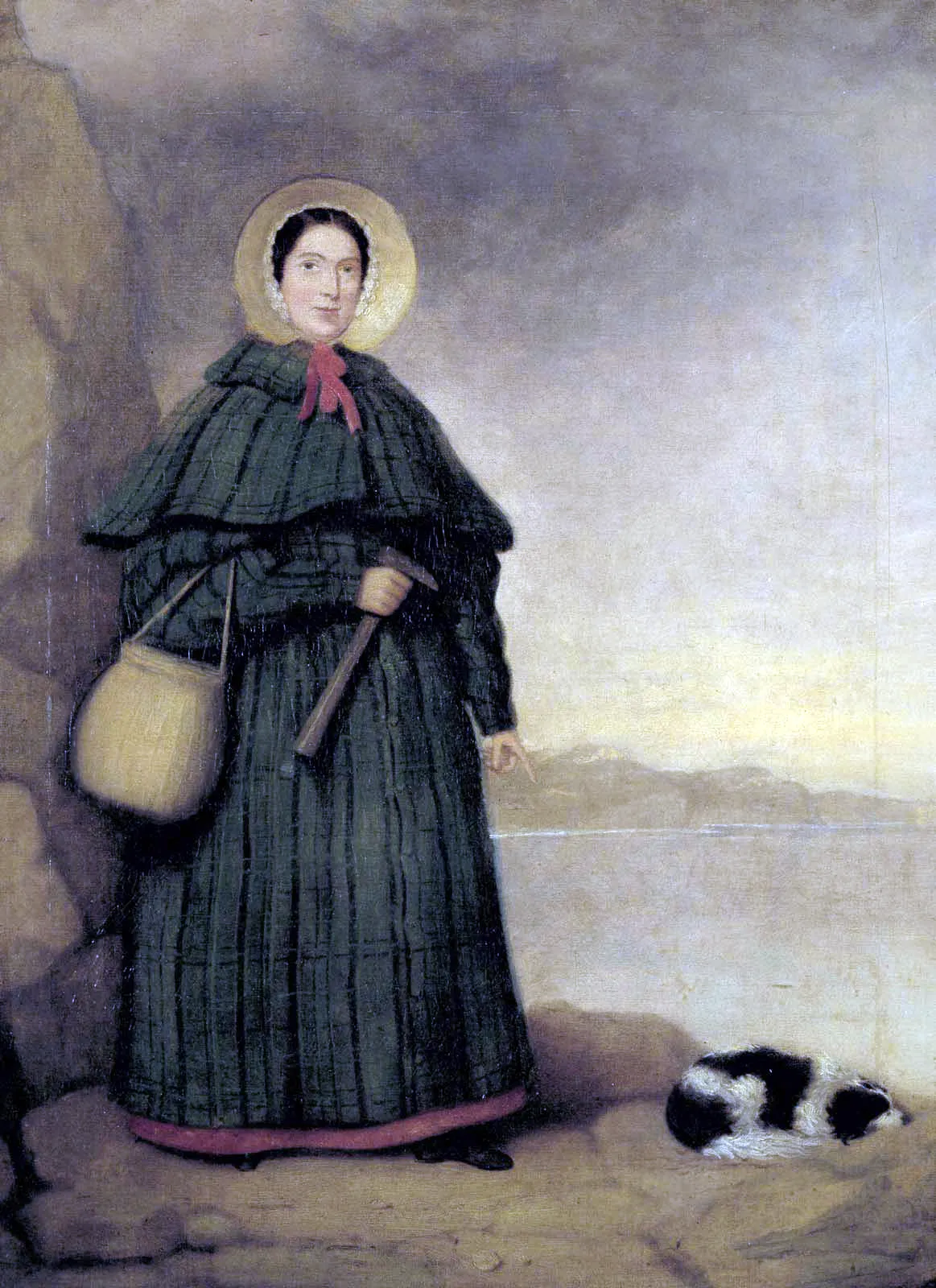
Life in the 19th Century was undoubtedly hard for some, but being a poor, uneducated woman made it especially so, which makes Mary Anning’s achievements all the more astounding.
In the seaside town of Lyme Regis, a young Mary was taught to collect fossils by her father, which together they would polish and sell to tourists. Following his death this became the family’s only source of income.
In 1811 her brother Joseph discovered a skull, and a few months later, only aged 12, Mary discovered the rest of the fossilised skeleton. At first it was believed to be a crocodile, but as it passed around the scientific circles it was finally classified as an ichthyosaurus, dating back 200 million years, making it the first complete fossil of a dinosaur.
Anning spent all of her life searching the beaches of Lyme Regis (on what is now known as the Jurassic Coast) for fossils, making further discoveries such as a complete long-necked Plesiosaurus skeleton and the Pterodactylus.
In a time when most believed the Earth began in accordance to the Bible, the idea of 200-million-year-old animals buried deep within the ancient stone was at odds to the creation story, and extinction too proved problematic as it suggested the imperfect nature of God’s creatures.
Anning’s unusual and often bizarre discoveries helped move scientific thinking away from Bible stories and opened up the field of palaeontology. Not bad for someone who was struck by lightning as a baby.
Lise Meitner
Contributed to the discovery of nuclear fission
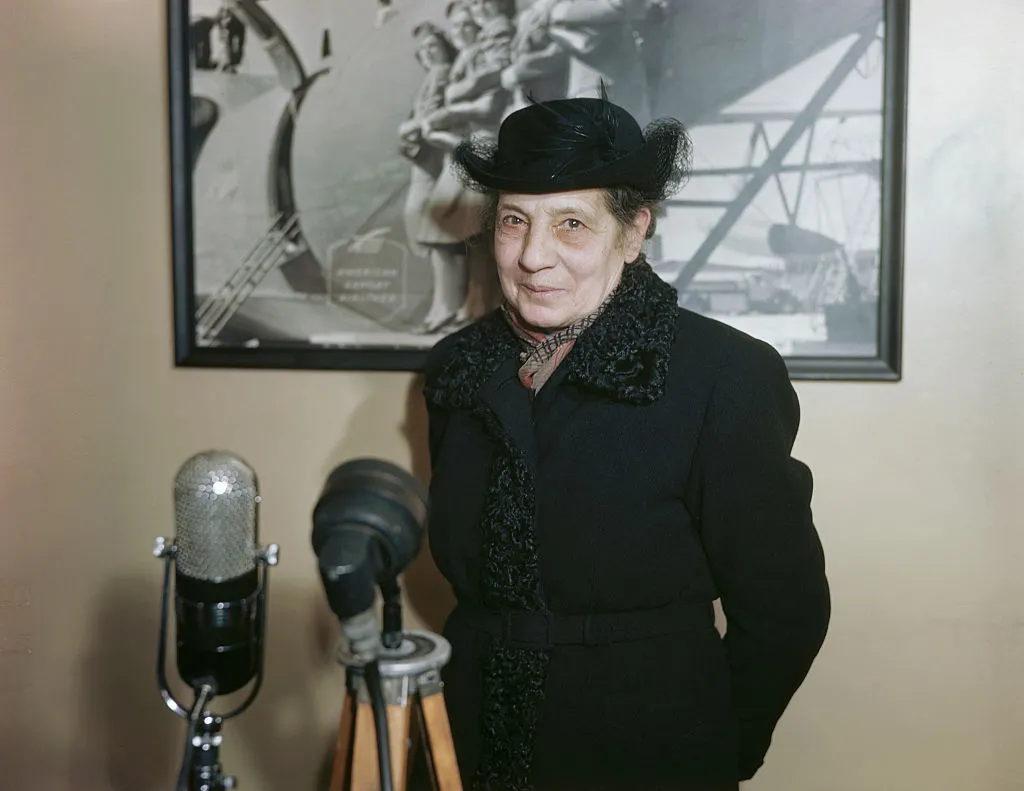
By the 1930s Lise Meitner was special, not only because she was one of the few women allowed to work in science, but she was also the foremost nuclear scientist in Germany. But she was also of Jewish descent, and when the Nazis rose to power in 1938 she was forced to flee the country.
Later that year, while ensconced in Stockholm, she was told about the latest results her working partner in Germany had obtained in his work on the radioactive decay of uranium. She realised what he did not: that uranium was undergoing nuclear fission, splitting in half and releasing some of its tremendous store of nuclear energy.
Seven years later, that same process of nuclear fission in uranium was triggered inside a bomb called Little Boy, dropped over the Japanese city of Hiroshima. The rest, you might want to say, is history.
Marie Curie won two Nobel prizes for her work in nuclear physics, and has a chemical element named after her (curium), but Lise Meitner's discoveries, which were literally earth-shaking, are far less known.
She never won a Nobel, although it’s widely recognised that she should have done – but she too has her own element, meitnerium. She was, Albert Einstein once said, Germany’s own Marie Curie.
Read more about Lise Meitner:
Barbara McClintock
Won the Nobel Prize for the discovery of jumping genes
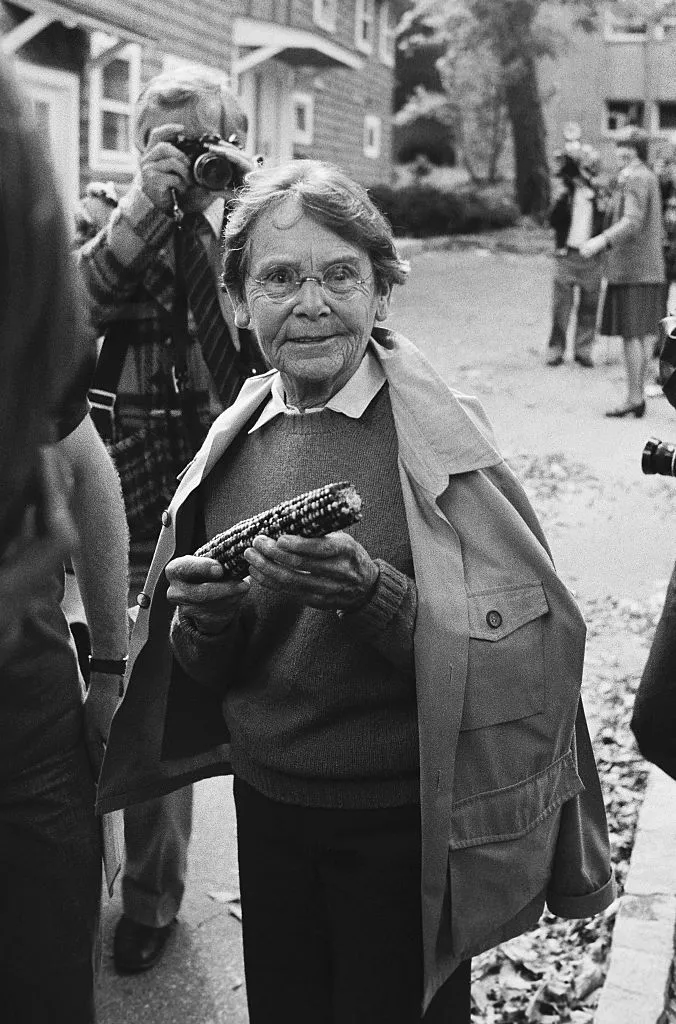
We live in an age where we have mapped the human genome and developed tools such as CRISPR to edit the building blocks of life, but all of this was possible thanks to the dedication and lifelong study into genetics by Barbara McClintock. She spent her entire career analysing maize, and in the 1930s developed a staining technique that allowed her to identify, examine and describe its individual chromosomes.
Maize (or corn) might seem like an unusual choice of study, but for a geneticist they are a goldmine of information, as each plant can create kernels of different colours, each with their own genetic pattern. Armed with her research, she was able to determine the existence of jumping genes, which are sequences of DNA that move between the genome.
Her work was not immediately recognised, and jumping genes were considered junk DNA by much of the scientific community at the time. Still, McClintock pressed on and suggested they might in fact determine which of the genes in cells are switched on – vital in creating differences between cell types, without which we would be just one amorphous blob of matter.
It was not until 1983, when she was awarded The Nobel Prize in Physiology or Medicine, that the scientific community began to recognise not only just how important these jumping genes are, but how much of the genome they make up - some estimates suggest they makes up 40 per cent of the human genome.
McClintock also was the first to suggest the idea of epigenetics, where genes alter their activity in response to external factors, some 40 years before it was formally studied.
Mary the Jewess
Alchemist whose work formed a foundation for modern chemistry
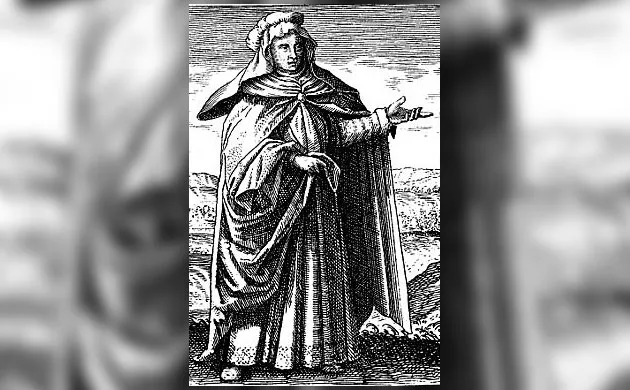
Alchemy, the art of turning base metals into gold, is not exactly what we’d call hard science these days but as an early form of chemistry (made up or not) it did provide the basis the methods and tools we still use to this day. One of the earliest, if not the first pioneer of the “art” was Mary the Jewess.
Although none of her own writing exists, she is referenced by Zosimos of Panopolis, who wrote the first alchemic texts, and her work would provide the basis for alchemy.
Although turning metal into gold remained elusive, she is credited with discovering hydrochloric acid (take that with a pinch of salt thought), as well as the alchemical instruments the tribikos and the kerotakis, both of which have modern day equivalents in modern chemistry.
If cooking is more your thing, you also have Mary to thank for one of your kitchen gadgets, the Bain-marie, which was named in her honour.
Elizabeth Garrett Anderson
First English female doctor
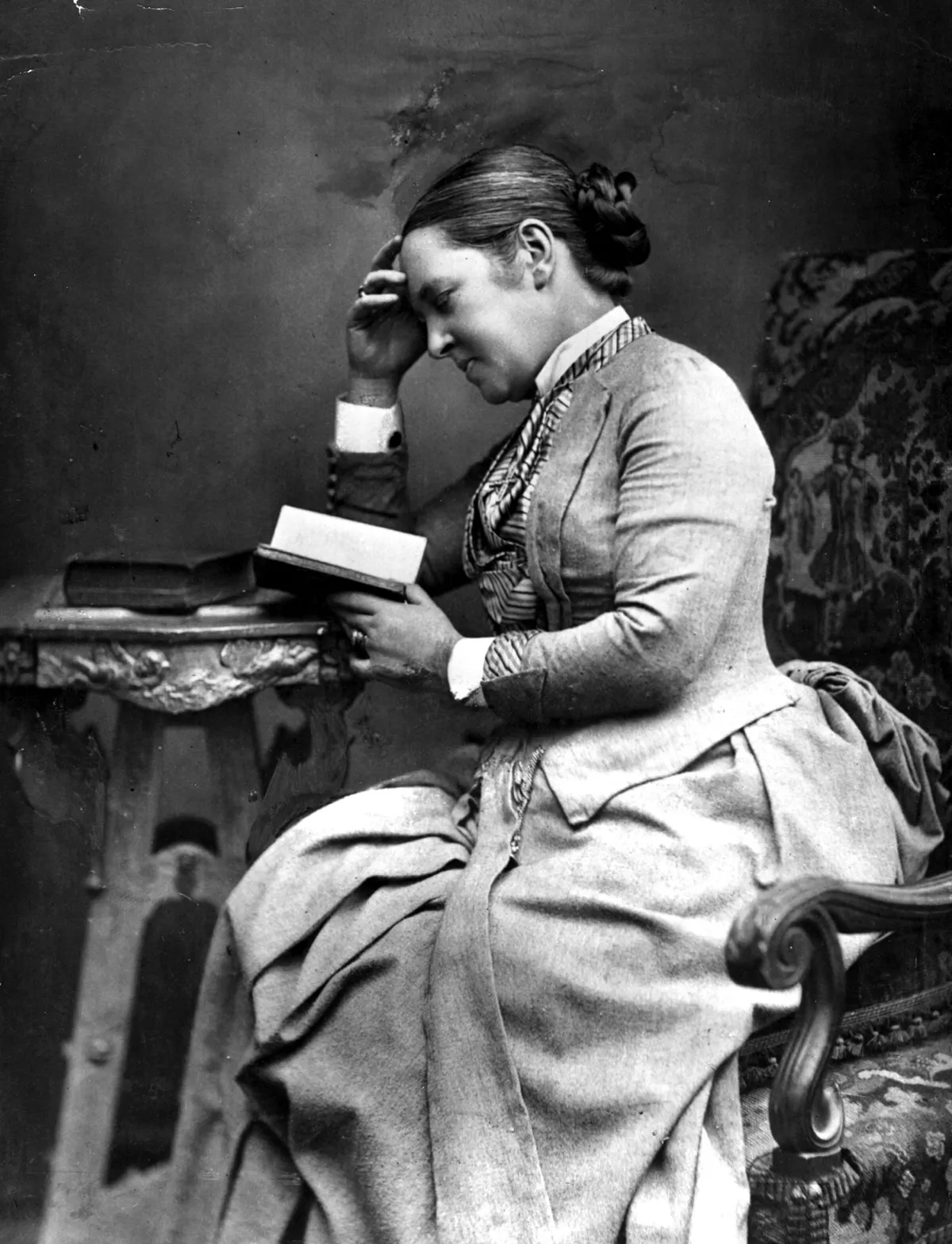
Being the first English female doctor speaks for itself: Elizabeth Garrett Anderson was an astounding and resilient woman whose plight and determination enabled other women to also achieve greatness.
Having been inspired by successful women such as Elizabeth Blackwell, the first female doctor in the US, Elizabeth Garrett Anderson opted to contradict the submissive life she was expected to lead and become a doctor. Denied entry to any medical school, despite her respectable education, she was forced to study nursing alongside male peers whose objections led to her dismissal.
After Elizabeth qualified as a doctor through the Society of Apothecaries, they immediately implemented a ban on female entrants. The sexism and adversity Elizabeth faced only fuelled her strength and resolve.
Having taught herself French in order to study at the University of Paris, Elizabeth finally earned her medical degree. However, this was still not enough to allow her onto the British Medical Register, so she established the New Hospital for Women, which was to become the London School of Medicine for Women, where she was later appointed Dean.
Her vocal campaign efforts eventually paid off and in 1876 female entry into the profession of medicine was legalised.
Even once she had retired from medicine, Dr Anderson was still grinding down the patriarchy, becoming the first female mayor in England. She was influential to the suffragette movement and inspired her daughter, alongside many other intrepid women, to follow in her esteemed footsteps and strive towards gender equality.
Grace Hopper
Pioneering computer programmer and one of the first women to achieve a PhD in mathematics
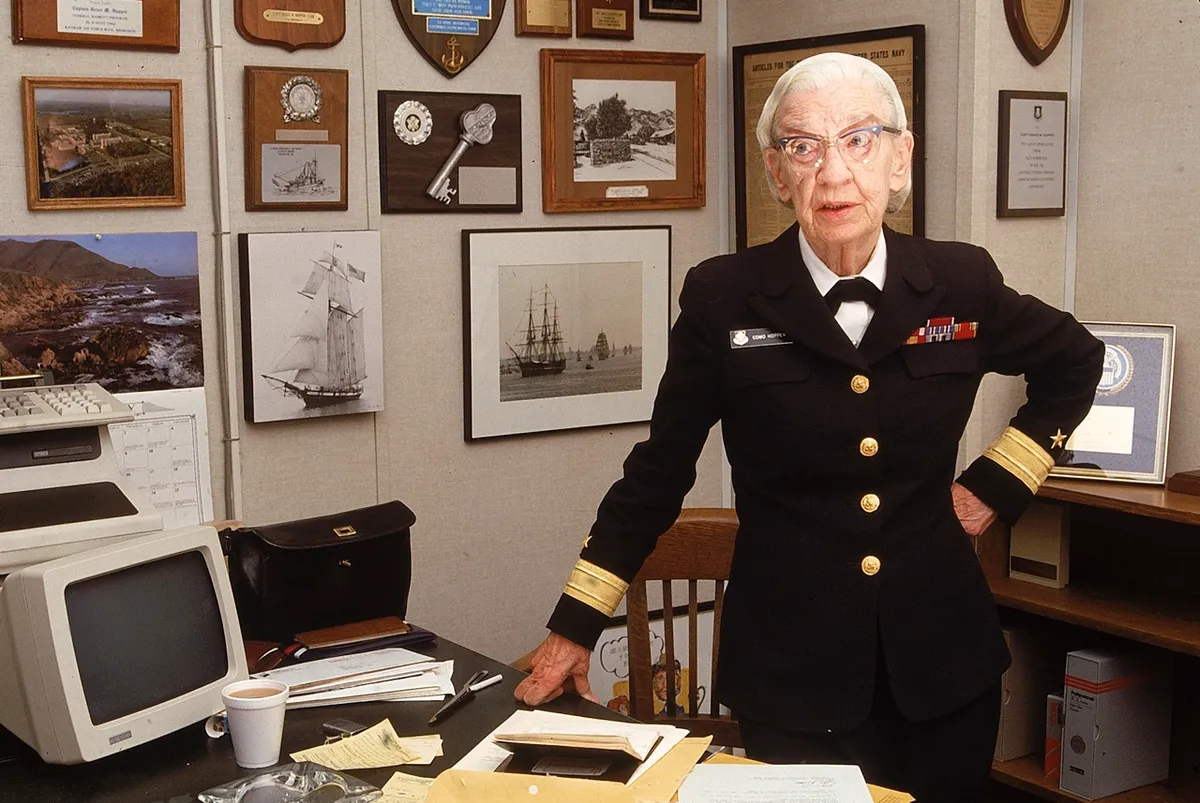
The nickname ‘Amazing Grace’ was not bestowed upon Grace Hopper without merit. An intuitive mathematician and computer programmer, she spent her early years studying at some of the most prestigious institutions in America, ultimately becoming one of the first women to achieve a PhD in mathematics.
When WWII descended, Hopper followed in her grandfather’s footsteps, leaving her job teaching maths at Vassar College to join the US Naval Reserves. She was directed to Harvard University to learn to program the Mark I, the first functional computer.
When technology had advanced to the Mark II computer, Hopper famously coined the term ‘debugging’ when the programming team removed a moth that was disrupting the computer’s processing.
Grace endeavoured to make computing accessible to the general public, first and foremost through the development of a comprehensive computer language, COBOL, which was based on English words rather than binary code. Twice she tried to retire but ended up continuing to work into her 80s, making her the US Navy’s oldest active-duty commissioned officer and earning her the Defense Distinguished Service Medal.
She was also awarded many firsts including the first-ever Computer Science Man-of-the-Year Award, the first female National Medal of Technology and the first American and first-ever woman to be made a Distinguished Fellow of the British Computer Society.
Her legacy remains in that modern-day computing is now commonplace and through the Grace Hopper Celebration of Women in Computing Conference, which supports and commends women in the world of computing.
Valentina Tereshkova
First woman in space
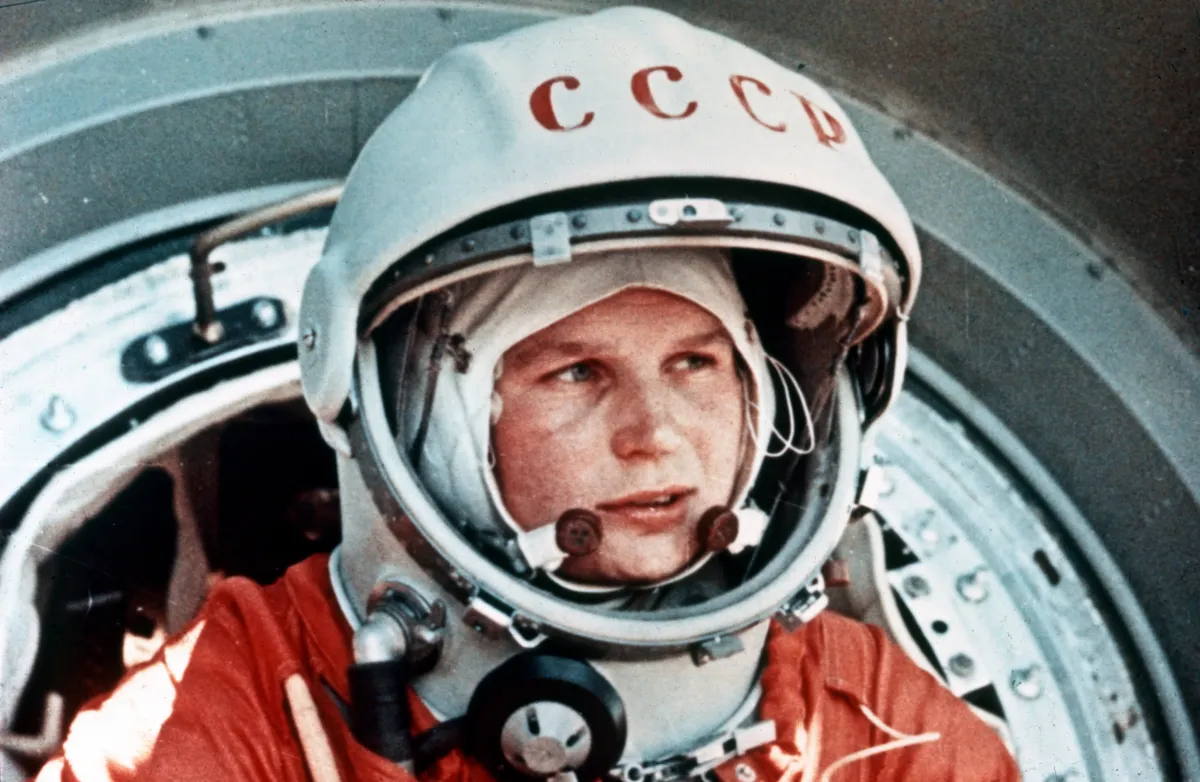
When it comes to the Space Race, although the USA were the first to land a person on the Moon there were a number of other space firsts they were beaten to. There are three Cosmonauts that head the Soviet Union’s hall of fame: Yuri Gagarin, the first person in space, Alexey Leonov, the first person to spacewalk, and Valentina Tereshkova.
While still a textile worker, Tereshkova was selected from 400 applicants because of her skill at skydiving, proletariat background and worthiness for the role, and on 16 June 1963 made space history by becoming the first woman in space. She orbited Earth 48 times in a mission that lasted nearly three days, and at the age of only 26 remains the youngest woman and the first civilian to visit space.
After her return to Earth she continued to inspire future generations as a high-ranking member of the government, representing Soviet women in numerous positions on the global stage. But it is still space that inspires her, still wishing to fly to Mars, even if it is a one-way trip.
Jane Goodall
Primatologist who changed our understanding of chimpanzees

Attitudes towards wildlife and conservation have transformed dramatically in recent years thanks to the research, dedication and compassion of extraordinary scientists like the Chimpanzee aficionado, Jane Goodall.
From childhood Jane yearned for a life among African wildlife away from the war-stricken England she was born into. Unable to afford University, Jane settled for a job as a secretary, and by age 23, Jane had saved enough money to journey to Kenya, where she met renowned anthropologist and palaeontologist Dr Louis S B Leakey.
Leakey, astounded by Jane’s enthusiasm and knowledge, embarked alongside her on an investigation of wild chimpanzees in Gombe at a time where the concept of a young woman cohabiting with wild African animals was preposterous. Her compassionate nature gained Jane the chimpanzees’ trust and she witnessed them eating meat and using tools, behaviours that disproved the existing assumption that chimpanzees were vegetarian.
In 1965 she defied the odds to become one of the first to accomplish a PhD despite lacking a degree, however, because of this many scholars disregarded her credibility. Her success earned her funding from National Geographic, enabling her to establish the Gombe Stream Research Centre.
Throughout her phenomenal career, Jane Goodall published numerous books including the revolutionary work The Chimpanzees of Gombe: Patterns of Behaviour and founded pioneering research establishments such as the Jane Goodall Institute for Wildlife Research, Education and Conservation.
Upon learning of the deforestation and cruelty devastating global wildlife, Dr Goodall turned her experienced hand to conservation and now travels extensively, inspiring the next generation to proactively safeguard endangered wildlife.
Ada Lovelace
The first computer programmer
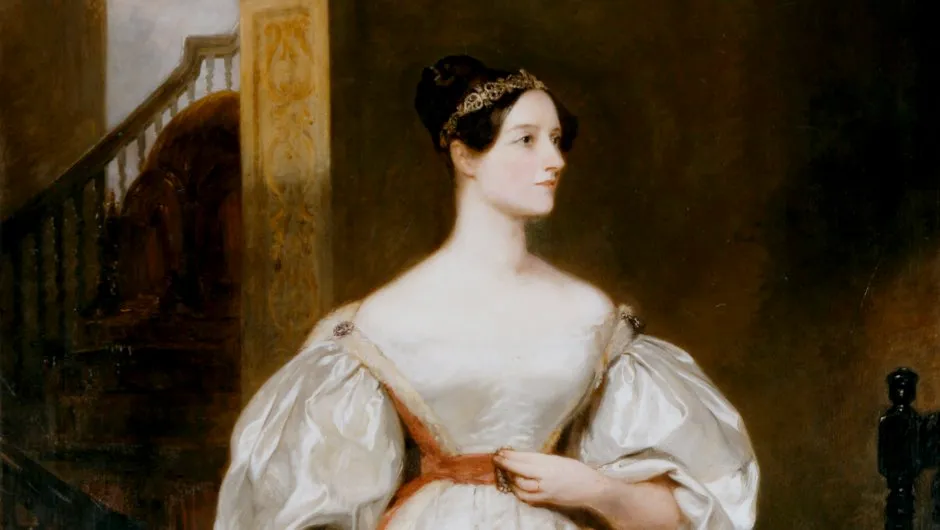
Once you get to know about Ada Lovelace (1815-1852) and her life and work, it’s difficult not to become more or less obsessed with her. She was a truly remarkable woman; unquestionably one of the most important women in science history.
She was born in 1815, the daughter to Lord Byron and Lady Byron, who were married for just a year – when Ada only five weeks old Lady Byron left her lord and never saw him again. They eventually separated and Byron died in 1824.
Lady Byron was herself obsessed with the idea that if she didn’t educate Ada properly, Ada’s mind might, as Lady Byron perceived it, go to ruin like Lord Byron’s had.
Lady Byron believed that if she could tame Ada’s imagination, this would prevent Ada from going down the line of imaginative self-indulgence that Byron himself had,as she saw it, gone down.
She set out to use mathematics as the method of taming Ada’s imagination, figuring that if she could arrange for Ada to educated in mathematics above all, the taming of the girl’s imagination would be successful.
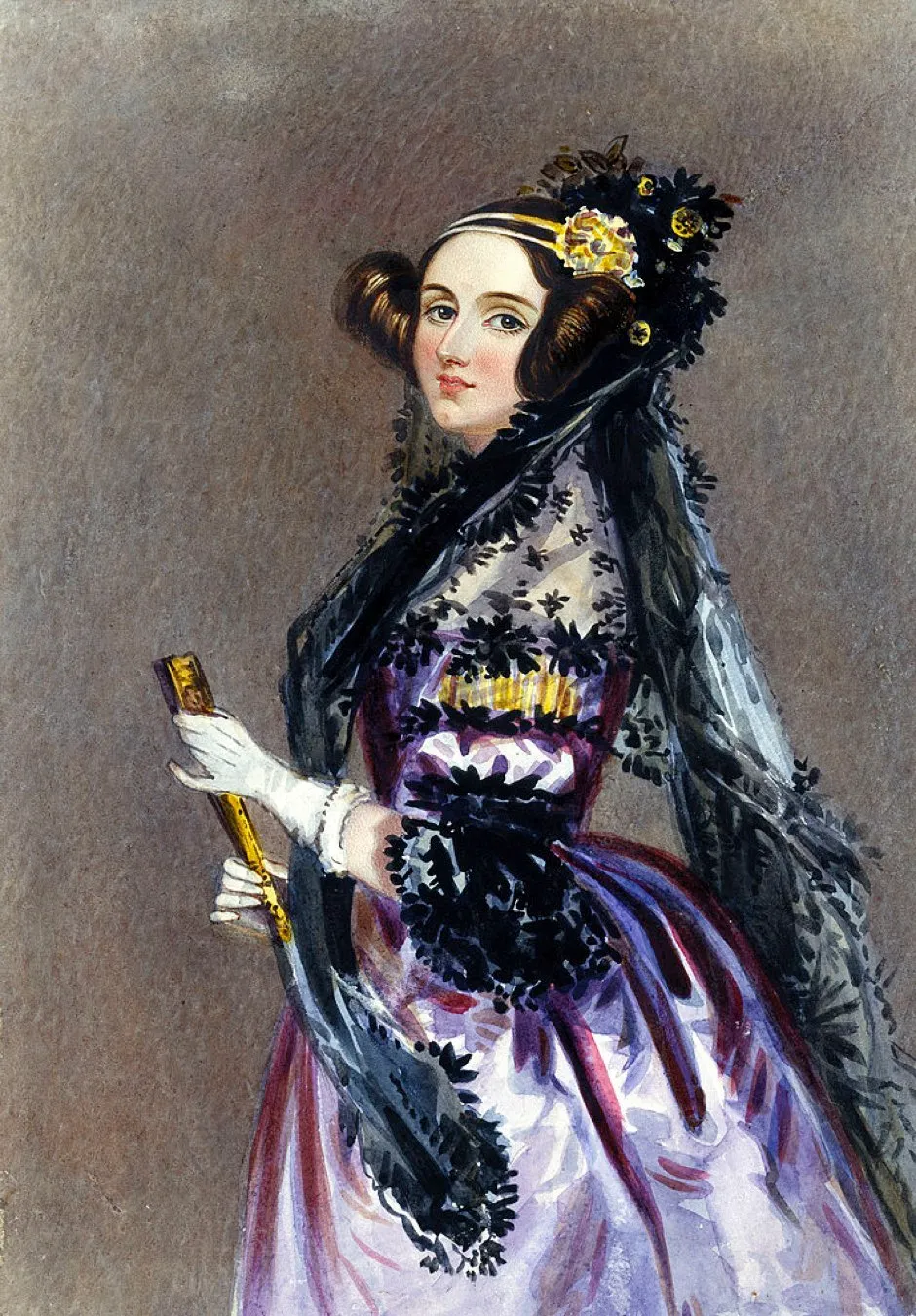
Ada was initially educated by those governesses and tutors for as long, or as short, as they were employed by Lady Byron. Then, when Ada was only 17 years old, and on the evening of 5 June 1833, she met a man who would become arguably her most important friend.
His name was Charles Babbage. He was 24 years older than her, and she very quickly became fascinated, after talking to him, with his plans for building a calculating machine called a ‘Difference Engine’. The purpose of this, although Babbage never managed to complete it, was to calculate mathematical tables automatically without error.
Babbage eventually abandoned the Difference Engine in favour of the Analytical Engine:the world’s first digital computer, with a store, a processor, a memory, a sub-routing function and all the other essential features of a modern digital computer.
It is Lovelace's work on the Analytical Engine that has led to her being known as the first computer programmer, though Babbage never saw her as more than an 'interpretress', as he called her, of his work. - James Essinger
Read more about Ada Lovelace:
- Ada Lovelace: a mathematician, a computer scientist and a visionary
- How Ada Lovelace's notes on the Analytical Engine created the first computer program
Alice Augusta Ball
Chemist who cured leprosy
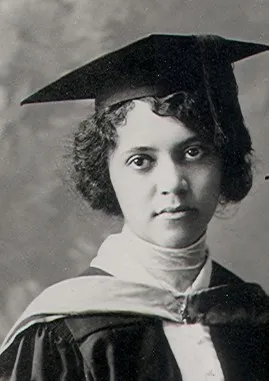
Many of us will know the parable of Jesus healing a leper, but few will recognise the name Alice Augusta Ball. They probably should: she was a chemist who developed a medical treatment for Hansen’s disease (leprosy) when she was just 23 years old.
Born in 1892 in Seattle, Washington, Ball excelled in science, graduating with top grades from high school in 1910. She earned two degrees at the University of Washington, the first in pharmaceutical chemistry and the second in pharmacy.
Before moving to Hawaii in 1915 for a master’s degree, she was published in a renowned chemistry journal for a paper she co-authored with her advisor. At the University of Hawaii, Ball studied the chemical composition of Piper methysticum, for her master’s thesis. Piper methysticum, or kava, is a plant touted as a treatment for fever, respiratory and urogenital problems and convulsions.
Ball was the first African American to earn a master's degree from the University of Hawaii and, later, the university's first female and African American professor.
Ball gained research knowledge and methods during her master’s work which led Dr Harry T Hollman to approach to work on chaulmoogra oil. Chaulmoogra oil was used to treat patients with Hansen’s disease, but was not consistently successful in its natural form.
Sticky in its consistency, chaulmoogra oil was only moderately effective as a topical treatment and caused blisters when injected. While working as an instructor at the University of Hawaii, Ball conducted research to isolate the active components of the oil in an injectable composition.
Ball successfully developed a method for deriving the active components from the oil and her work helped to treat patients suffering from Hansen’s disease for decades. She chemically modified the ester compounds in the oil in order to maintain their therapeutic properties and improve their safe absorption in the body.
Ball died in 1916 and Dr Arthur Dean continued her research, publishing a paper using her work without crediting her. However, Hollman later published a paper crediting her ground-breaking work and naming the injectable form of the oil 'the Ball Method'.
In 2000, 84 years after her death, the Lieutenant Governor of Hawaii announced 29 February as ‘Alice Ball Day’ in recognition of her work. On the same day, the University of Hawaii recognised Ball’s contributions with a plaque on the university’s only chaulmoogra tree. -Frankie Macpherson
Marie Maynard Daly
Chemist who studied heart health
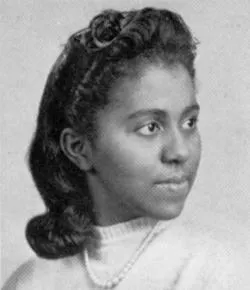
Marie Maynard Daly was the first African American woman to earn a PhD in chemistry. In her work, she made important strides in research around the connection between heart health and cholesterol.
Born in the USA in 1921, Daly was interested in science from a young age. Reading broadly from her grandparents’ collection of books, she was inspired by Paul de Kruif’s The Microbe Hunters, and her dad’s interest in chemistry. Not able to afford tuition, her father had previously left Cornell University after beginning a chemistry degree himself.
Daly was supported in her education and curiosity at an all-female high school, and she went on to graduate from Queens College in Flushing, New York with a chemistry bachelor’s degree with distinction. She then completed a master’s degree in chemistry in just one year while working part-time as a laboratory assistant.
Moving to Columbia for her PhD, Daly researched the body’s chemistry, investigating how compounds our bodies produce impact digestion.
Researching the connection between heart health and cholesterol in 1955, Daly’s chemistry research contributed greatly to the field of medicine. 65 years on, we know high cholesterol is associated with poor heart health and risk of atherosclerosis (the build-up of fatty deposits leading to the thickening of blood vessels), but the research is still developing.
Daly was granted funding from the American Cancer Society, which helped her research the biochemistry of our cells, collaborating with Alfred E Mirsky. Among other areas, she researched the constituents of the cell nucleus and how they interacted.
Daly developed methods for separating the nuclei of tissues to examine the protein composition and used radiolabeling to monitor protein metabolism. One of Daly’s research papers was named by James Watson as contributing to the Nobel Prize winning description of the structure of DNA.
Daly was appointed her position at the Albert Einstein College of Medicine in Columbia in 1960 and promoted from assistant to associate professor in 1971.
In the late 80s, she joined other minority female scientists at a conference to address the challenges faced by minorities in STEM disciplines. In 1988, two years after retiring, she established a scholarship fund for African American science students at Queens College.
Daly’s legacy is carried through the biochemistry research she conducted and her work support minority scientists. - FM